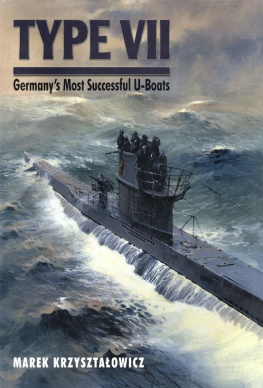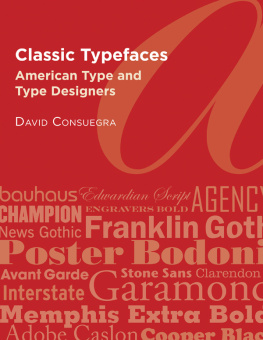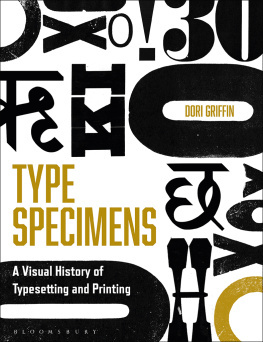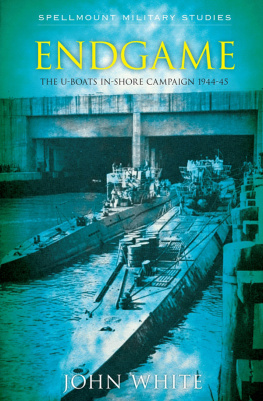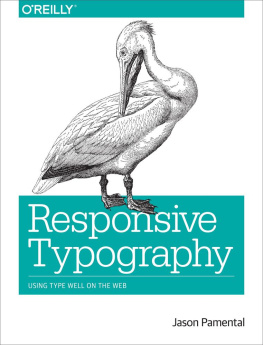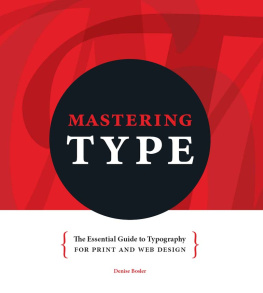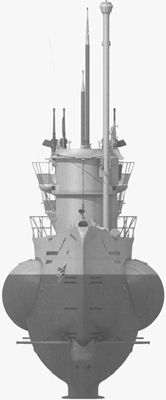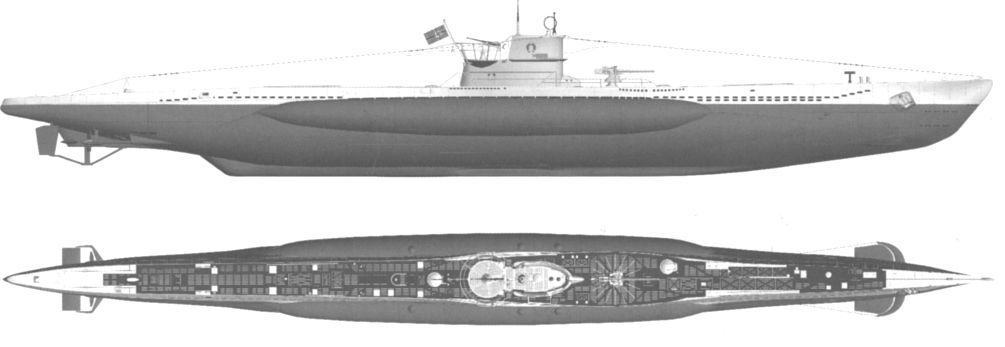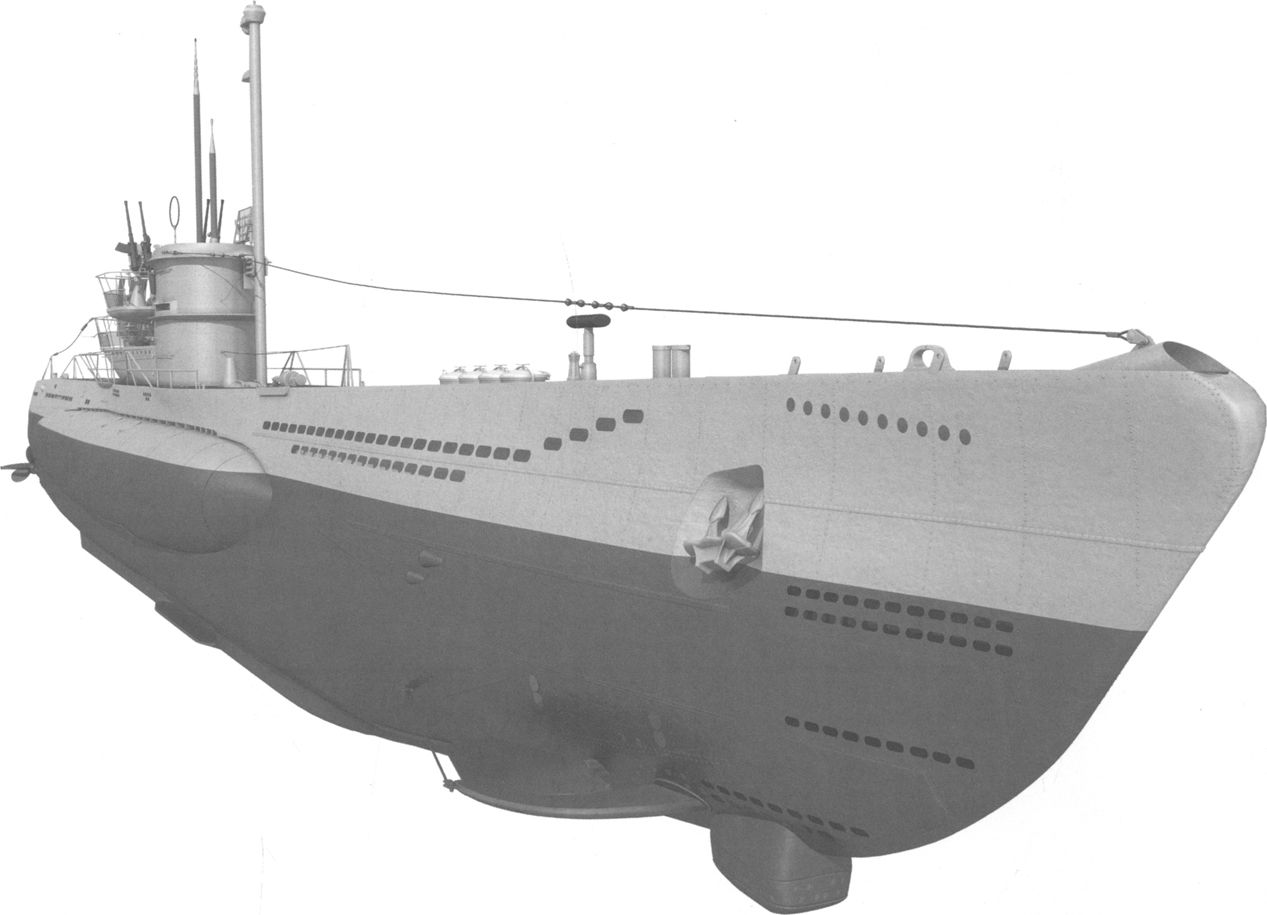
Half title and Frontispiece illustrations: Type VIIC/41 U-boat. (Artwork by Waldemar Gralski)
TYPE VII
Germanys Most Successful U-Boats
MAREK KRZYSZTAOWICZ
AJ-Press 2011
First published in Poland by AJ-Press, Gdansk as U Boot VII, Volumes I & II, 2011
This edition first published in Great Britain in 2012
by Seaforth Publishing
An imprint of Pen & Sword Books Ltd
47 Church Street, Barnsley, S Yorkshire S70 2AS
www.seaforthpublishing.com
Email info@seaforthpublishing.com
British Library Cataloguing in Publication Data
A CIP data record for this book is available from the British Library
ISBN 978 1 84832 141 0
All rights reserved. No part of this publication may be reproduced or transmitted in any form or by any means,
electronic or mechanical, including photocopying, recording, or any information storage and retrieval
system, without prior permission in writing of both the copyright owner and the above publisher.
The right of Marek Krzysztaowicz to be identified as the author of this work has been asserted in accordance with
the Copyright, Designs and Patents Act 1988
Typeset and designed by Mousemat Design Limited
Printed and bound in China by 1010 Printing International Limited
Contents
T HE IDEA OF ATTACKING the enemy from below the waves is as old as human conflict. An enemy surprised by such an attack would not have much chance to quickly organise an effective defence and, consequently, would be forced to cede the initiative to his opponent, ensuring defeat.
To think of (or even expect) such an attack and to suddenly face it in reality are two different matters. Therefore possessing this filthy weapon, which would allow the execution of such operations, had been forbidden. The submarine had been cursed, considered unethical, perfidious, and simultaneously been the subject of great interest. There was another reason for this hostility, however. Thanks to its low price the submarine could easily become a common weapon, an ideal instrument for the worlds less powerful navies. Until submarines had appeared the might of a navy had been decided by its number of huge armoured warships, armed with large-calibre guns, powerful enough to crush any enemy who came into range, except of course for ships of the same type. Therefore, the power of a navy had been measured in the number and calibre of guns and the thickness of side armour mounted on large and expensive battleships. Only rich countries could afford to build and operate such warships, which in turn could defend overseas possessions, thus earning a profit for the parent state and dictating the rules to the rest of the world. The small submarine could ruin this status quo. It could punch a hole in the soft underbelly of the giant with its torpedoes and sink the enemy in spite of his heavy guns. Thus the new weapon could even the odds in a confrontation between a theoretically weaker navy and a stronger enemy fleet. It could also cut off the supply routes of world powers, threaten their possessions, weaken them, and provided adequate strategy was applied defeat them all at a relatively small cost. The story of David and Goliath was becoming true.
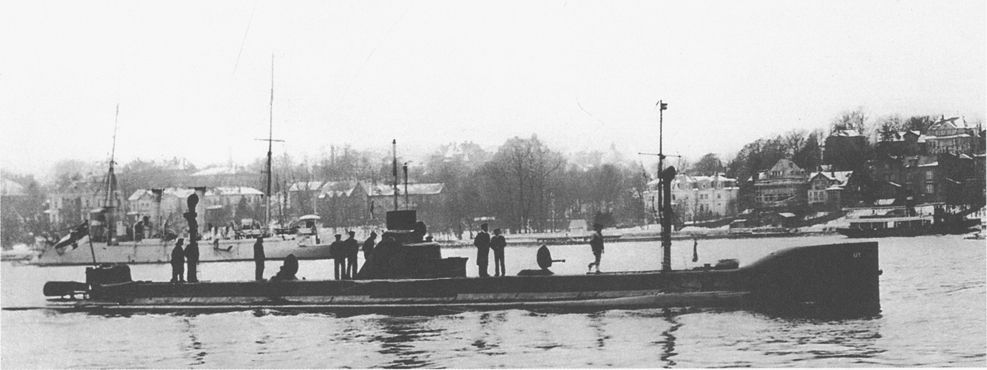
U 1 the first German submarine. Commissioned on 4 August 1906, this 42m (138ft) vessel displaced only 238 tons. (CAW)
Sinking its battleships could lead to the defeat of an entire fleet and that meant destroying the defences of the enemys coast and also exposing his shipping lanes and eventually cutting off his sources of supply and conquering his overseas possessions. Therefore existing strategies were no longer adequate, since defeating a country which owned a powerful navy became a real possibility. All this was caused by a small, slow vessel, only able to submerge for short periods and vulnerable to almost any hit. Surprisingly, both sides of the controversy traditionalist Admirals who were against using submarines at all, and those who wanted to make use of the new invention quickly came to the same conclusion: the new weapon is perfidious and unworthy of a skilled tactician, they said, however since it had been already designed it should be used somehow. Such a statement was the origin of the least practical idea for using the submarine in history. The strategists decided, that this unwanted child of war was to fulfil reconnaissance missions

U 9 the boat that first woke the Royal Navy to the seriousness of the underwater threat. On 22 September 1914 its commander Kapitnleutnant Otto Weddigen managed to sink three British armoured cruisers in less than 90 minutes. On 15 October of the same year U 9 sunk yet another cruiser, HMS Hawke. The U-boat, which had been commissioned on 22 February 1910, had a displacement of 493 tons and was 57m (187ft) long. (CAW)
The approach of younger officers was more rational. They had a completely different opinion, since they quickly took note of the possibilities created by this new type of warship. Meanwhile the high command was greatly disturbed by the phantom of invisible U-boats lurking under the waves, which could suddenly strike and strike hard. Therefore at the outbreak of the First World War U-boat fever broke out a psychosis that made even a clump of seaweed, a wave or just a reflection on the water be considered the periscope of a U-boat setting an ambush. On two occasions the British Grand Fleet fled its main base in Scapa Flow in total disorder due to as it turned out later a frolicking seal. All this resulted in the hasty designing of a special anti-submarine weapon. It consisted of special sacks and hammers. How were they used? Very simply one needed only to cover a submarines periscope with the sack and smash its lens with the hammer This is not a joke such equipment and instructions were issued to His Majestys seamen, patrolling Scapa Flow base in small boats.
The first German submarine patrol was launched only forty-eight hours after war had been declared, thus starting submarine warfare. On 6 August 1914, the U-boat force commanded by Korvettenkapitn Herman Bauer began its campaign but achieved nothing, since the patrol had to be aborted due to numerous equipment failures. Soon, however, the submarines showed their claws which resulted in the aforementioned panic. On 22 September 1914 a gloomy record, which so far remains unmatched, was set. On this very day Kapitnleutnant Otto Weddigen encountered in stormy seas an British patrol consisting of three armoured cruisers HMS

